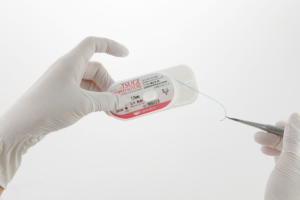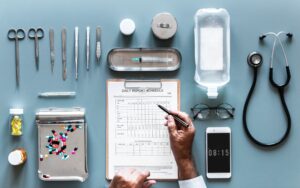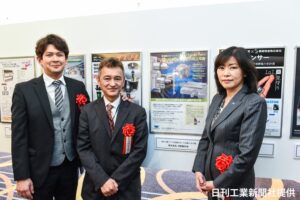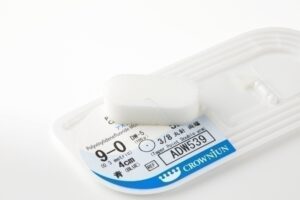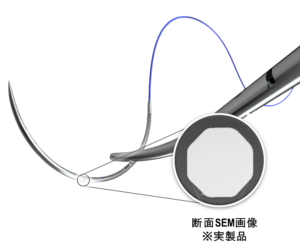Have you ever heard of the term “medical-engineering collaboration”?
It has become one of the key elements in the development of technologies that support today’s medical care.
Overview of Medical-Engineering Collaboration
When developing new medical technologies or creating new businesses in the medical field, utilizing the technology from the engineering field can be effective.
The collaboration between the medical and engineering fields to develop medical devices is called medical-engineering collaboration.
Examples of collaborations are medical and engineering departments from the same university, and of different universities. Sometimes industry, government, and academic fields work together.
We, Kono Seisakusho Co., Ltd., are cooperating with universities and local governments to promote the development of new products.
History of Medical-Engineering Collaboration
The history of medical-engineering collaboration in Japan is said to have begun in 1929: the development of an electric stethoscope by Professor Akira Sato (Faculty of Medicine) and Heiichi Nukiyama (Faculty of Engineering) from Tohoku University. However, different research styles between medicine and engineering caused difficulties in the fields of collaboration.
Research has progressed rapidly since the beginning of the 2000s when medical-engineering collaboration was launched as a national strategy. Now the results are appearing, as it is featured in the media frequently.
In particular, the Japan Agency for Medical Research and Development (AMED), which was established in 2015 after the “Japan Revitalization Strategy,” approved by the second Abe Cabinet in 2013, is working to improve the environment from the basic research to practical application. In addition, local governments are becoming more active in providing support to medical-engineering collaboration.
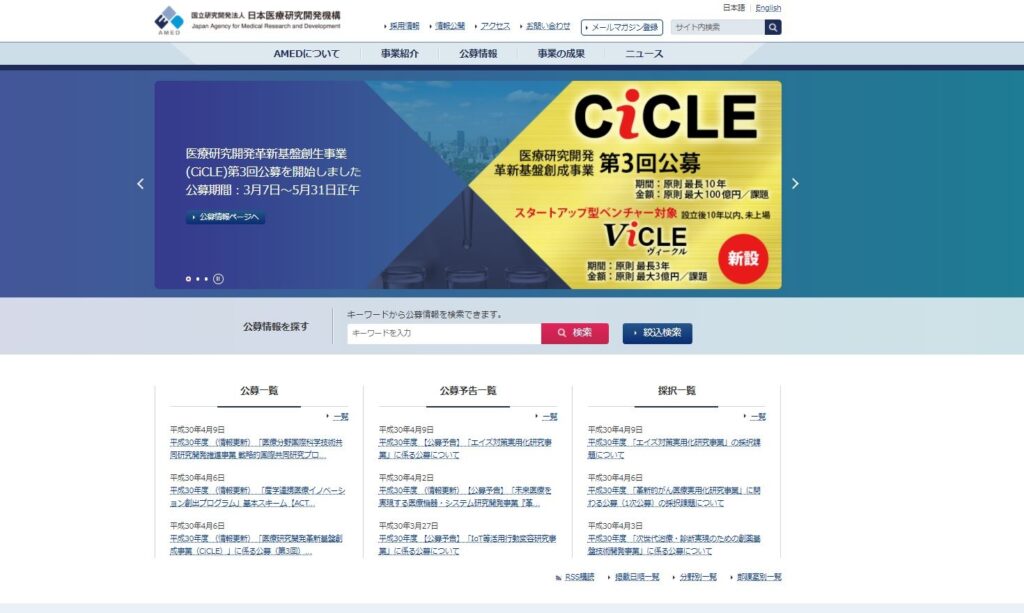
Japan Agency for Medical Research and Development
Development of IoT and Medical-Engineering Collaboration
Recently, an industrial measuring equipment manufacturer in Hiroshima Prefecture has developed an ultrasound imaging device. This device uses the smartphone for its operation and image confirmation.
Today, while the size of the domestic medical equipment market is said to be about 2.8 trillion yen, Japan is a major importer of medical equipment with 1.3 trillion yen imports.
We believe that by connecting the technology and Internet technology of Japanese manufacturing companies to the medical field, more medical devices made in Japan will be able to play an active role in the world.
Reference website:
http://www.ms.tohoku.ac.jp/history/
https://www.nikkei.com/article/DGXMZO2483593019122017LC0000/


